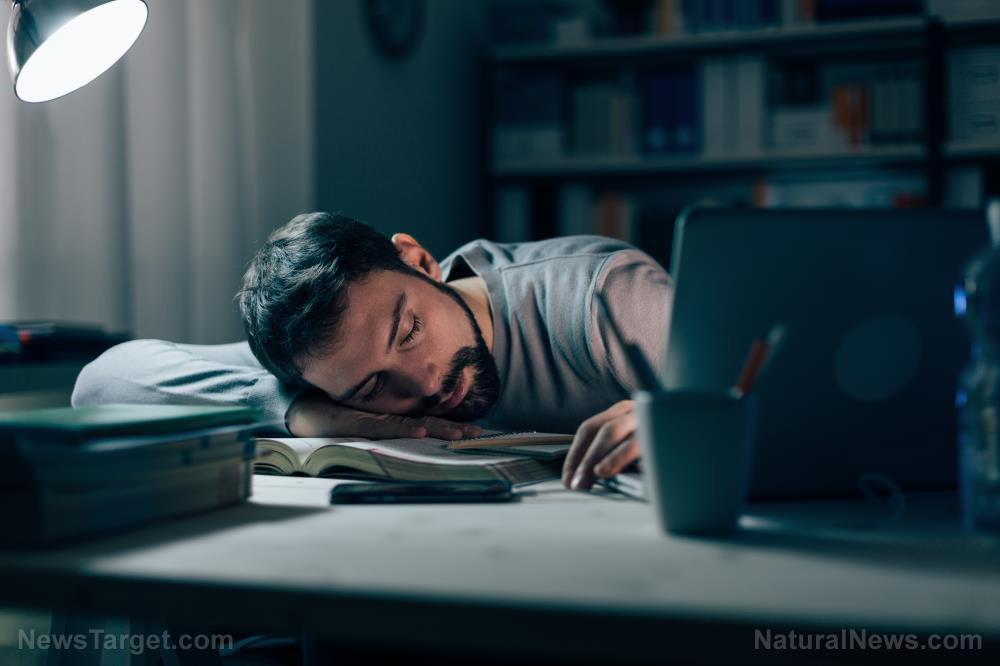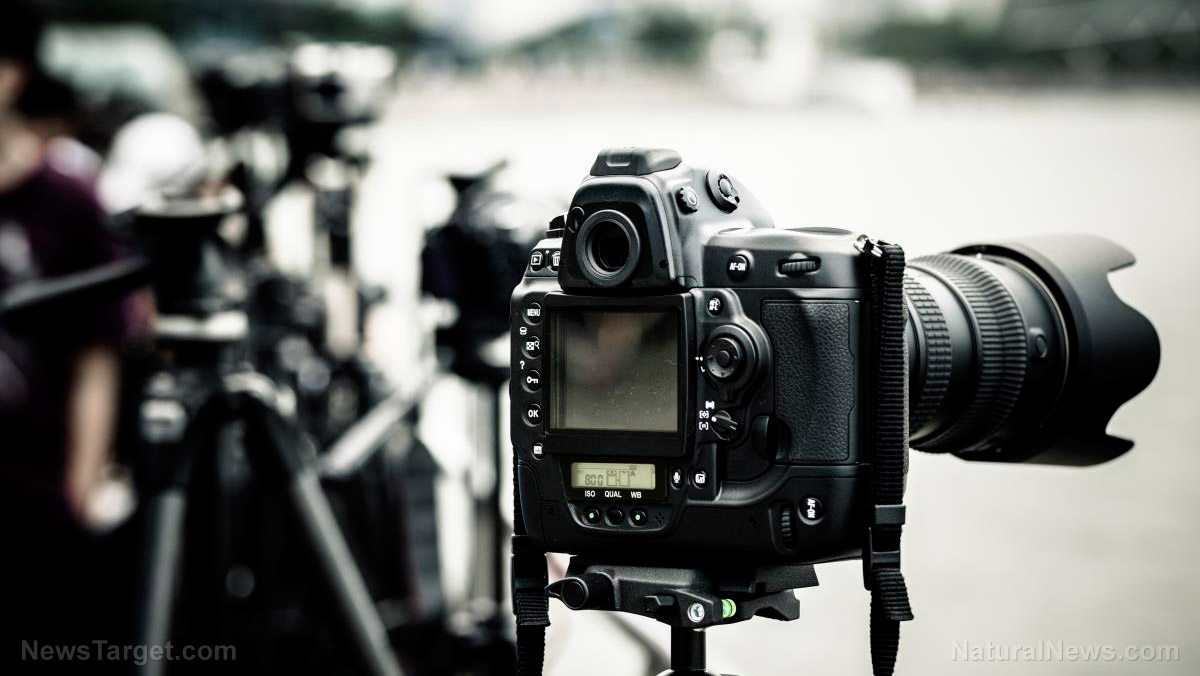MIT researchers develop a machine that manipulates hypnagogia, the state between wakefulness and sleep
06/27/2018 / By Edsel Cook

As we move from sharp awareness to restful sleep, we undergo hypnagogia, a state where we experience small but surreal dreams that escape our recollection when we wake up. In a Motherboard article, an MIT team reported how they developed a device that can access this dreamland.
MIT Media Lab researcher Adam Horowitz led the efforts to create Dormio, which helps the user enter hypnagogia and prolong their stay in that state. This lets them study the intense associative thinking that drives the microdreams during this period.
Trials showed that Dormio can prolong the time a user spends in hypnagogia. It is also able to alter the content of the microdreams.
This will help neuroscientists overcome their bafflement over hypnagogia. For one thing, experts are still debating what constitutes sleep. They do agree that hypnagogia is a natural part of the body’s rhythm.
Researchers have wondered if creativity rises during this stage. They are also puzzled as to why it sometimes leads to true dreams while bringing about dreamless sleep at other times. (Related: Teens who nap during the day perform better in school.)
MIT Dormio device detects hypnagogia and keeps users in that state
Hypnagogia takes place during stage 1 sleep. Yet some people who wake up afterwards believe they are awake or have responded to other people. Others experience powerful hallucinations and microdreams.
Some of the greatest minds in human history have desired hypnagogic consciousness. Thomas Edison claimed entering this phase boosted his creativity and mental clarity.
Edison reportedly devised a trick to induce hypnagogia. He would take a nap while holding steel balls in his hands. As he fell asleep, the balls would slip from his relaxed hands and make noise, waking him up.
Dormio is a modern take on the steel balls trick. It is a glove equipped with an Arduino microcontroller that is hooked up to sensors in the palm and on the head.
When the sensors detect the changes in muscle and brain activity that signal hypnagogia, an automated system utters a pre-programmed phrase. The phrase will influence the dream of the sleeper.
The current iteration uses flexion sensors to measure the tension in the muscles of the hand. It also detects heart rate and other biosignals while a smartphone app recites the phrase. Its creator, Horowitz, says the third version will scan the movement of a user’s eyelids.
Hypnagogia increases creativity and promotes unconventional thinking
The original Dormio was tested by six volunteers. As a user started to drowse, he or she would be told to remember an item, either a rabbit or a fork. When he or she came close to falling asleep, the machine would call them by name and let them know they were about to sleep.
This warning was not intended to awaken the volunteer. Instead, it sought to keep a user in a state of hypnagogia. Dormio would ask the user what they were thinking about and jot down their replies.
Horowitz reported that some of the subjects did not remember what they told the robot. All six participants did recall and report seeing the prompt word (rabbit or fork) in their dreams.
This showed stimuli could be integrated into the dream state and remembered by the dreamer afterwards. Dormio could serve as a way to control dreams.
Furthermore, upon completing three sessions with Dormio, the participants were tested for creativity. The results showed increased creativity after undergoing hypnagogia.
Horowitz claims the brain works differently during sleep onset. The sharp decrease in frontal brain activity raises associative and divergent modes of thinking that come up with unconventional solutions.
If you want to find out more about how your brain works during sleep, visit Brain.news.
Sources include:
Tagged Under: body clock, Brain, circadian rhythm, consciousness, creativity boost, hypnagogia, inventions, micro sleep, mind body science, neuroscience, research, science, sleep, sleep cycle, sleep process




















